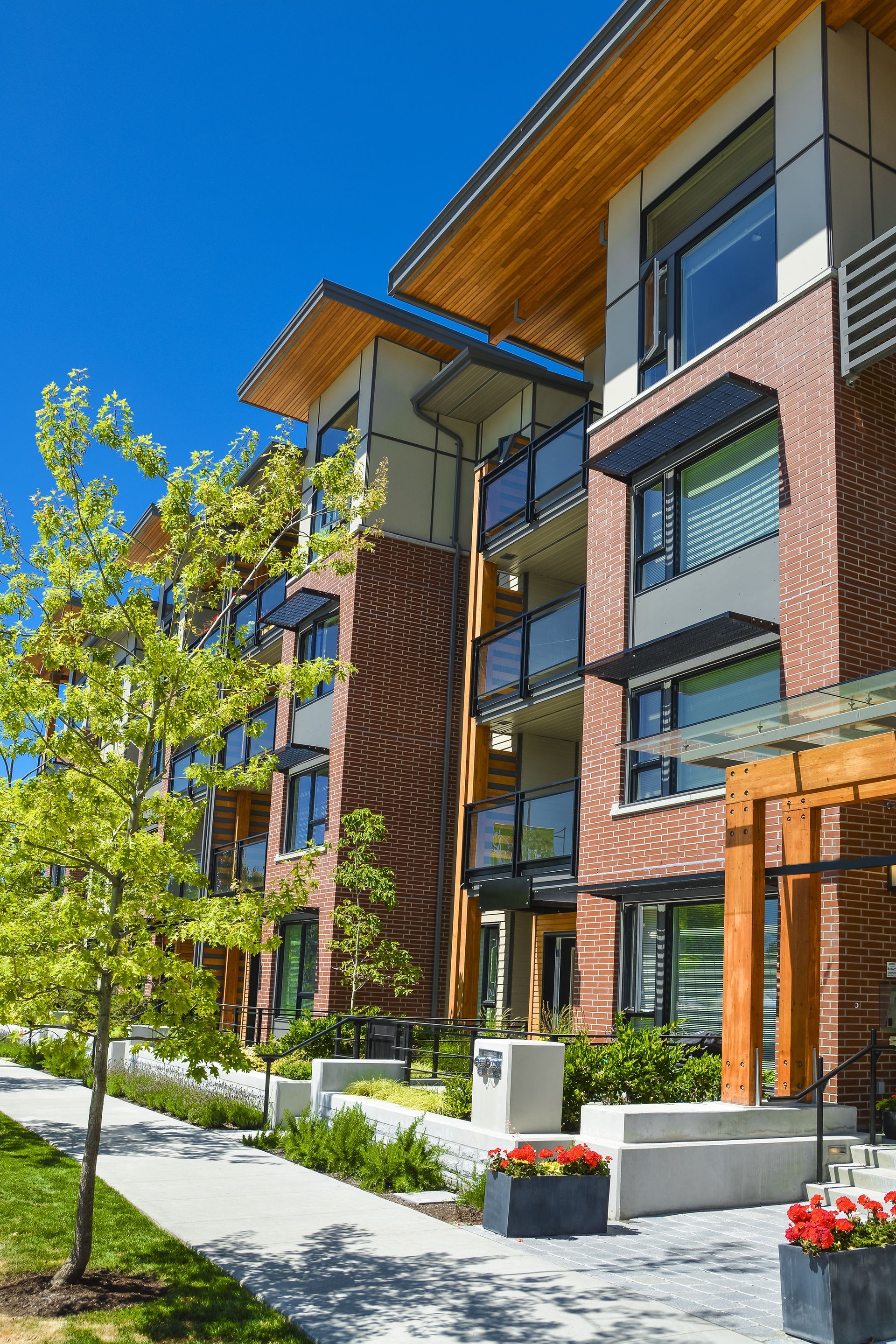Emergency Lighting Inverters for Apartment Buildings

Apartment buildings require the installation of emergency routes, signage, and lighting systems to ensure that residents and guests can safely leave the building in case of emergencies such as fire or flood. Emergency lighting inverters for apartment buildings offered by
Lighting Inverter Supply are becoming a common and cost-effective approach to power signage and lighting systems in the event when the main power is shut off or there is a power failure at the location.
Why Use a Central Lighting Inverter as Backup Power in Apartment Complexes?
Apartment complexes may have multiple emergency signs and
lighting fixtures in hallways, common areas, laundry rooms, utility rooms, and storage spaces. New and existing structures follow building safety regulations which require that these signs be operational even during the absence of electrical power for the safety of the occupants.
Central lighting inverters offer backup power for all emergency lighting and signage in the entire building. This device consists of a battery and inverter system offering up to 90 minutes of battery power.
Benefits of Emergency Lighting in Apartment Buildings
Emergency lighting placed within communal areas, exits, stairways, and hallways provides a way for occupants to safely see when a disaster strikes. Oftentimes, the main electrical power will be out during emergencies. If an emergency happens at night or there is a dark area with no natural light sources, it can make it difficult for people to see where they are going. Dark spaces can create safety hazards along stairwells and can also cause people to lose their sense of direction in corridors. By installing emergency lighting and
lighting inverters, you can increase the safety of the apartment complex.
Compliance and Regulations for Apartment Buildings
Local, state, and federal regulations require that apartment buildings have emergency lighting and signage along with fire protection systems. Exit lighting standards fall under the NFPA 101 Certified Emergency Egress Exit Lighting regulations that require at least 90 minutes of emergency lighting in the event that there is a failure to the regular lighting available, and that light illumination should not be less than 1FC (foot candle) along the exit pathway at floor level.
In addition, electrical wiring systems must also abide by the NFPA 70 standards. These standards outline the installation, testing and maintenance of emergency lighting, signage, and other systems as well as proper storage of backup battery power.
Maintenance & Service Needs
When trying to maintain emergency lighting and signage, it can be a lengthy task for maintenance personnel who must move to every lighting system on every floor to perform battery testing and repairs. Also, batteries can have different lifespans as some cells may drain faster than others, which can pose a safety factor. These lights may fail before the next scheduled testing is set to begin.
By having a central lighting inverter for all emergency lighting throughout the building, it allows maintenance staff to better maintain and repair the system. They can perform testing at one location and provide immediate repairs. Maintenance of the system should be done on both the inverter's components and battery systems on an annual or semi-annual schedule. There are many factors that can impact the operation of the inverters, as FGC offers maintenance services performed by an Uninterruptible Power System technician.
Why Choose FGC for Your Lighting Inverter?
All FGC lighting inverters are UL 924 certified to adhere to the NFPA 101 emergency lighting standards. Our emergency lighting inverters for apartment buildings ensure that your complexes will adhere to state and federal regulations while providing enough illumination for residents during times of emergency.
Contact us today to learn more about our products, services, and maintenance contracts.
Request a Quote
Experienced Product Representatives are on hand to send you information and quotations for equipment. If you need help with sizing, installation planning, or general questions about product please fill in the appropriate form and someone will contact you shortly. You may also call 844-501-1887 to get a direct product representative.
Schools & Universities Page Form
We will get back to you as soon as possible.
Please try again later.
